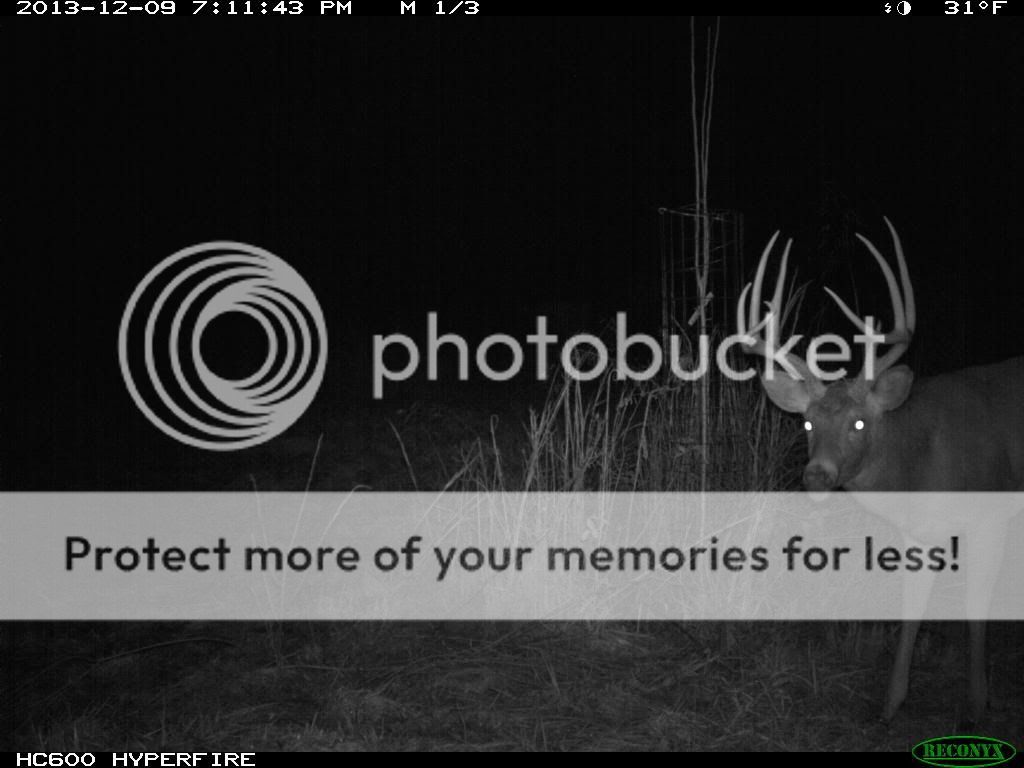It's not easy. Sure, there are racks that have characteristics that don't change much from year to year, but sometimes antler traits change significantly.
Here's 2 sheds from the same Iowa buck that we nicknamed "Turkey foot" because of how the G3 grew from the beam at the base of the G2. We figured we would easily be able to identify that buck if we saw him during our upcoming fall hunt because of that G3. When we returned that next fall I did see and film him, but I had no idea it was the same buck because that G3 moved farther out the beam. We ended up finding the next year's shed so we could really compare them. There's no doubt that these sheds are from the same buck (2015 and 2016). So a rack characteristic is not always proof in identifying a buck.


Here he is on the hoof.

Looking at
body characteristics, although harder to do, is a piece of the ID puzzle. We humans do the same thing every day when we recognize other people or even dogs. I know someone who breeds golden retrievers. When you pull into the driveway, there are at least a dozen running up to greet you. All golden retrievers look alike, right? Wrong. Each one looks different and no 2 deer are exactly alike, either. Each has different facial features or colorizations. Single, double or triple throat patches. Big ears, little ears. Short tail, long tails. Every deer has some unique characterization.
I'm not going as far to say I can identify each deer of my local herd, but there are some that I can easily ID by body characteristics.
One old doe that I call "The Boss" has a mane, but lots of the deer here sport a mane. Manes are common here. But The Boss' mane is a different length than other deer's manes. She also has a very unique walk. Her head is always held lower and she's always calm and laid back. She reminds me more of livestock than wildlife when I see her moving around. I've watched her for at least 6 years. I wonder how old she is.
Here's "The Boss"...

Here's a different doe. It would be easy to misidentify her as The Boss because of the mane, but this mane is different than The Boss' mane.

We have another old doe that I call "Bug-eye". Her eyes are farther set apart and bulge-out a little bit. Her face is quite distinct (at least to me anyway. My wife can't see the difference). But Bug-eye has another body trait. Her tail is shorter than any other deer here. She can be facing straight away and when I see that tail, I know it's her...when she turns and I see her face, her identity is confirmed.
There seems to often be differences in the color markings where the leg hair meets the hoof. Patterns of white hair just above the hoof are sometimes very noticeable on some deer.
My point is that every deer is different. Learning to notice subtle differences in does will help to see how bucks also are unique without having to see their antlers.
Too many of us just see "a deer" when we look at one. We don't stop to look at tiny details, but they are there. We just have to stop staring at the body or the rack and start looking at the little things.









